India, known for its rich cultural and architectural heritage, is home to numerous Jama Masjid, each with its own historical significance and architectural splendor. The term “Jama Masjid” refers to the congregational mosque where the Friday prayers, or Jumu’ah, are held, drawing large gatherings of worshippers. These mosques are not only places of spiritual solace but also epitomes of Mughal and Islamic architectural grandeur.
Exploring the top 11 famous Jama Masjid in India offers a fascinating journey through time, showcasing the diverse and intricate designs that have stood the test of centuries. This exploration highlights the blend of art, faith, and history, reflecting India’s profound and multifaceted Islamic heritage.
Jama Masjid in India
Jama Masjid, Delhi
Jama Masjid in Delhi, built by Mughal Emperor Shah Jahan between 1650-1656, is one of India’s largest and most magnificent mosques. Located in the heart of Old Delhi, it exemplifies Mughal architectural brilliance with its red sandstone and white marble construction. The mosque features three grand gates, four towers, and two 40-meter-high minarets, offering stunning views of the city. Its vast courtyard can accommodate over 25,000 worshippers. It is not only a significant religious site but also a historical monument, reflecting the rich cultural heritage and architectural prowess of the Mughal era.
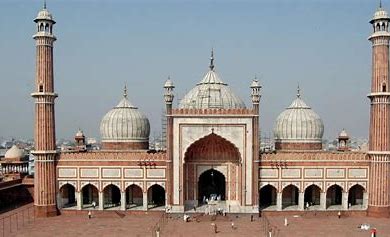
Jama Masjid, Ahmedabad
Jama Masjid in Ahmedabad, built in 1424 by Sultan Ahmed Shah, is a remarkable example of Indo-Islamic architecture. Located in the heart of the old city, it served as the principal mosque for the sultans and the public. The mosque’s design combines Hindu and Muslim architectural elements, featuring intricately carved stone columns and arches. Its vast courtyard and elegant prayer hall, adorned with detailed jali (lattice) work, create a serene atmosphere. The mosque’s harmonious blend of different architectural styles reflects the cultural synthesis of the region during the Sultanate period, making it a significant historical and religious landmark.
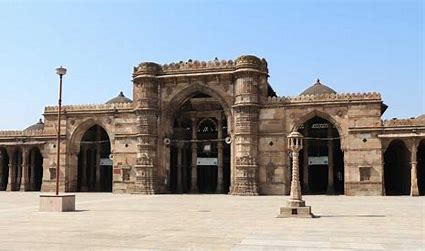
Jama Masjid, Bhopal
Jama Masjid in Bhopal, built in 1837 by Qudsia Begum, the first female ruler of Bhopal, is a striking example of Mughal architecture. Situated in the heart of the city, this mosque is known for its elegant simplicity and grandeur. It features two towering minarets, a large central dome, and an expansive courtyard. The mosque’s prayer hall is adorned with intricate carvings and marble columns, reflecting a blend of Islamic and local architectural styles. It stands as a testament to the city’s rich cultural heritage and the significant role of women in its historical governance.
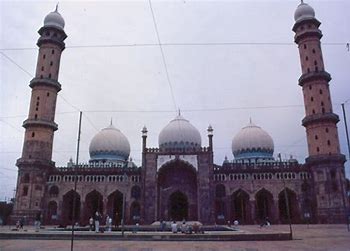
Jama Masjid, Aurangabad
Jama Masjid in Aurangabad, Maharashtra, was built in 1612 by Malik Ambar, a prominent African-origin prime minister in the Ahmadnagar Sultanate. This historic mosque is located in the city center and is known for its elegant, simple design, reflecting Mughal architectural influences. The mosque features a spacious courtyard, a prayer hall supported by intricately carved pillars, and a series of domes that add to its grandeur. The serene ambiance and architectural beauty of this palce make it a significant religious site and a testament to the region’s rich history and cultural diversity.
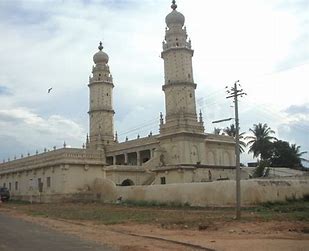
Jama Masjid, Agra
Jama Masjid in Agra, built in 1648 by Shah Jahan’s daughter, Jahanara Begum, is a stunning example of Mughal architecture. Located near the Agra Fort and bustling Kinari Bazaar, this mosque is renowned for its striking red sandstone and white marble construction. The mosque features a large courtyard, elegant arches, and three majestic domes, all adorned with intricate floral and geometric designs. As one of the largest mosques in India, it stands as a symbol of the Mughal Empire’s architectural prowess and Jahanara Begum’s dedication, attracting visitors for both its religious significance and historical grandeur.

Jama Masjid, Mathura
Jama Masjid in Mathura, built in 1661 by Abd-un-Nabi Khan, the governor of Aurangzeb, is an architectural marvel that stands out in the city’s rich historical landscape. Located near the bustling Vishram Ghat, this mosque is known for its four intricately carved minarets and a grand prayer hall adorned with beautiful frescoes and inscriptions. The structure combines traditional Islamic architectural elements with local design influences. It is a significant religious site for the Muslim community and a testament to the city’s diverse cultural heritage, attracting visitors for its spiritual importance and historical charm.
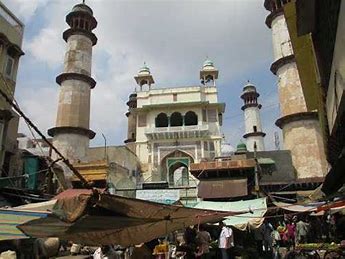
Jama Masjid, Bodh Gaya
Jama Masjid in Bodh Gaya, Bihar, is an important religious site for Muslims, located in the heart of this predominantly Buddhist pilgrimage city. Built in the 19th century by a local noble, this mosque stands as a testament to the religious harmony in the region. The mosque features traditional Islamic architectural elements, including a spacious courtyard, a prayer hall with ornate arches, and a prominent minaret. Its serene ambiance provides a peaceful place for worship amidst the bustling spiritual activity of Bodh Gaya, highlighting the area’s rich tapestry of diverse faiths and cultural unity.

Jama Masjid, Bangalore
Jama Masjid in Bangalore, also known as Masjid-e-Jehanuma, is one of the city’s oldest and most prominent mosques. Located in the bustling KR Market area, it was built in 1940 and showcases exquisite Mughal-inspired architecture. The mosque features a grand façade with intricate carvings, majestic arches, and towering minarets. Its spacious prayer hall can accommodate thousands of worshippers. The serene atmosphere inside contrasts with the vibrant market outside, making it a significant spiritual haven for the Muslim community.
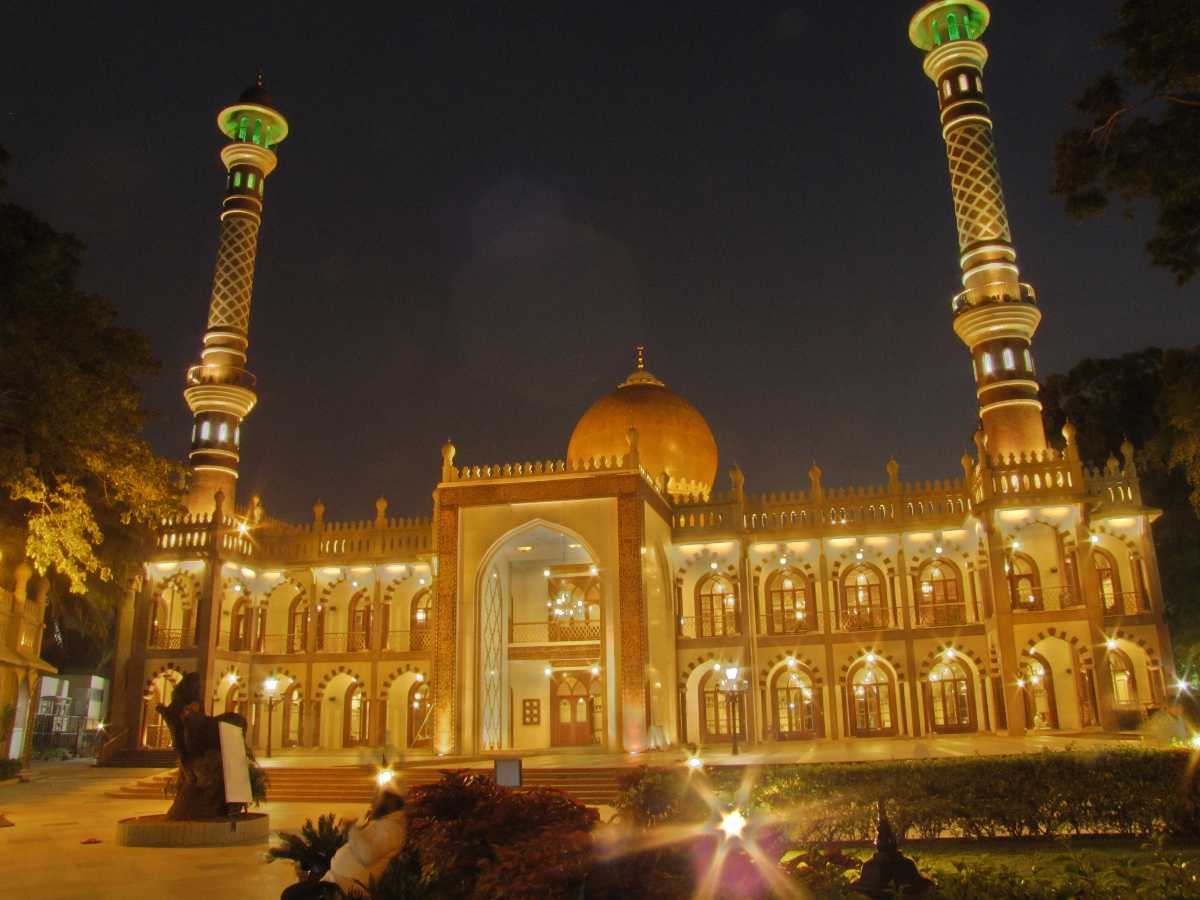
Jama Masjid, Burhanpur
Jama Masjid in Burhanpur, Madhya Pradesh, is a historic mosque built during the reign of the Faruqi dynasty in the 16th century. Known for its grand Mughal architecture, the mosque features a large prayer hall supported by elegant arches and columns, a spacious courtyard, and impressive minarets. The intricate carvings and detailed frescoes reflect the architectural brilliance of the time. Situated in the heart of Burhanpur, this mosque not only serves as a significant place of worship for the local Muslim community but also as a testament to the city’s rich historical and cultural heritage, attracting numerous visitors and history enthusiasts.
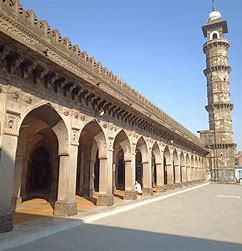
Jama Masjid, Pulwana
Jama Masjid in Pulwama, Jammu and Kashmir, is a prominent mosque known for its historical and religious significance in the region. Built in the 19th century, this mosque is an architectural gem reflecting traditional Islamic design with its elegant domes, arches, and minarets. Located in the heart of Pulwama, it serves as a central place of worship for the local Muslim community. The mosque’s serene setting and intricate craftsmanship make it a key landmark in Pulwama, showcasing the rich cultural and spiritual heritage of Jammu and Kashmir.
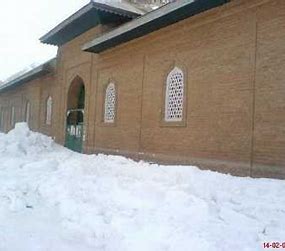
Jama Masjid, Srirangapatna
Jama Masjid in Srirangapatna, Karnataka, is a historic mosque built in the early 17th century during the rule of Tipu Sultan. Located in the historic town of Srirangapatna, the mosque is known for its distinctive architectural style, which blends Islamic and local influences. It features a grand prayer hall with intricately carved pillars, a spacious courtyard, and elegant minarets. The mosque’s design reflects the artistic and cultural ethos of the era, making it an important religious and historical landmark in the region. It continues to serve as a significant place of worship and a testament to the area’s rich heritage.
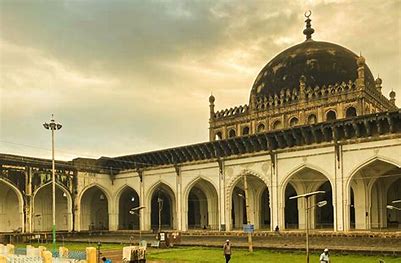
Conclusion
Exploring the top 11 famous Jama Masjid in India offers a captivating journey through the country’s diverse architectural and cultural heritage. From the monumental Jama Masjid in Delhi to the serene Jama Masjid in Bodh Gaya, each mosque highlights the rich history and artistic excellence of its era. These mosques, with their unique designs and historical significance, reflect the profound impact of Islamic architecture on India’s landscape. Visiting these iconic sites not only provides insight into India’s architectural splendor but also fosters a deeper appreciation for its cultural and religious diversity, showcasing the country’s rich, multifaceted heritage.




